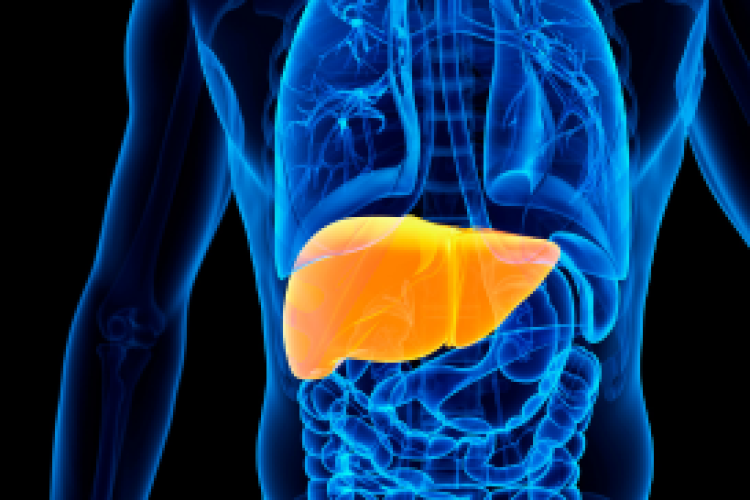
In recent years, tremendous advances in breast cancer treatment have helped boost survival rates. Many of the greatest advances have been made in adjuvant therapy – treatment that is given after breast cancer surgery, according to Sunny D. Mitchell M.D., F.A.C.S., Medical Director of the Breast Center and Director of Breast Surgery at Montefiore Nyack Hospital.“Gone are the days when all breast cancer patients got surgery, chemo and radiation,” Dr. Mitchell said. “Now everyone’s treatment is tailored to that person’s specific cancer.”
What is Adjuvant Therapy?
Adjuvant therapy kills any cancer cells that may be left after surgery. The treatment reduces the risk the cancer will recur. Breast cancer physicians make their decision on which adjuvant therapy to give based on a number of factors. These include the type, size and stage of the cancer. Staging is a process that takes into account factors such as grade, hormone status, size of the tumor and lymph node status. This approach provides for individualized targeted therapy for each person diagnosed with breast cancer.
Patients with breast cancer often undergo tests called tumor profiling (also called genomic profiling) to look at cancer cells for unique gene changes that help cancer grow and spread. The doctor can use the test results to help decide which treatments are most likely to work best against a patient’s specific cancer. Matching the treatment to a person’s genes makes it more precise, which can reduce the chances of side effects.
Types of Adjuvant Therapy
Most people with breast cancer are treated with surgery and at least one type of adjuvant therapy, Dr. Mitchell said.
- Chemotherapy destroys cancer cells by stopping the cells’ ability to multiply. There are many types of chemotherapy used to treat breast cancer.
- Hormonal (or endocrine) therapy is used for tumors that test positive for estrogen receptors (called ER positive). One such hormonal therapy is tamoxifen. It is used to complete treatment and reduce the risk of recurrence in someone with breast cancer. Tamoxifen can also help prevent breast cancer in some people who have never had the disease but are found to be at higher risk because of genetic testing or certain biopsy results.
Aromatase inhibitors are another type of hormonal therapy. They are given to women who have gone through menopause or who take medicines to stop the ovaries from making estrogen.
- Immunotherapy uses a person’s immune system to identify, target and cripple breast cancer cells.
- Targeted therapy targets the cancer’s specific genes, proteins, or the tissue environment that contributes to cancer growth and survival. This treatment blocks the growth and spread of cancer cells and limits damage to healthy cells.
- Radiation therapy targets cancer cells that doctors can’t see but remain in the breast or lymph nodes after surgery. “Today radiation oncologists can target the specific tumor bed (where the breast cancer was), which results in more efficient delivery of radiation, with fewer side effects,” Dr. Mitchell said. Doctors can also use tumor profiling tests to determine if a person with stage 0 (DCIS) breast cancer really needs radiation therapy.
“When a person is diagnosed with breast cancer, we are able to provide safe, effective and highly individualized treatment,” Dr. Mitchell said. “While we have a large and growing number of treatments for breast cancer, the best way to ensure successful treatment is to catch it early, through annual mammograms and ultrasounds.”



 Upcoming Events
Upcoming Events



